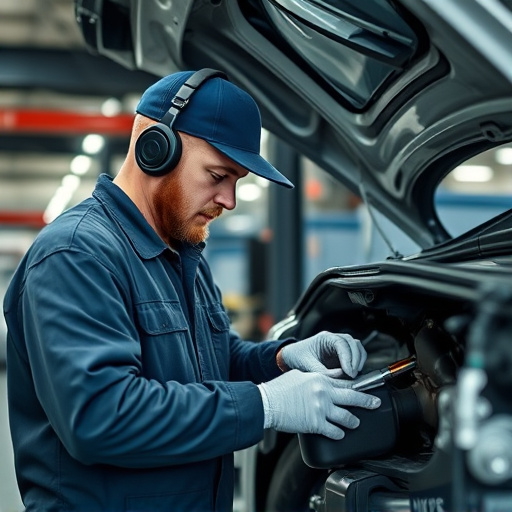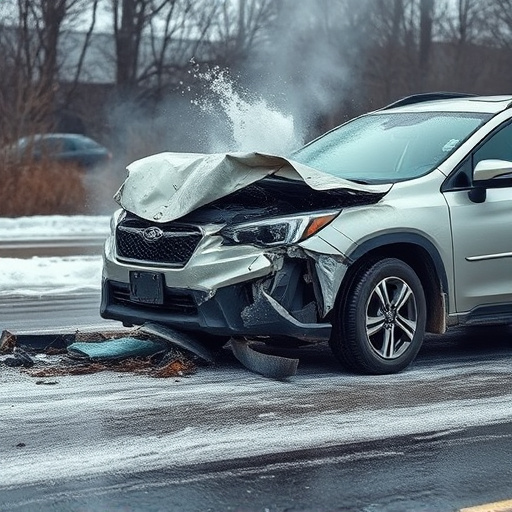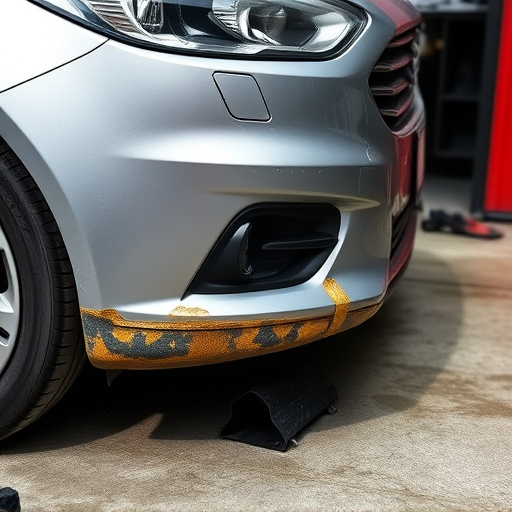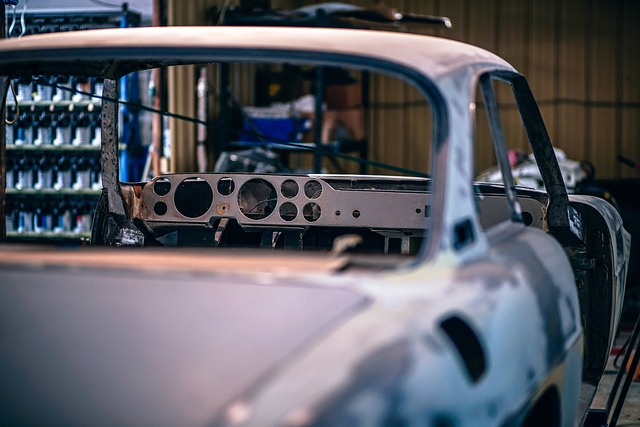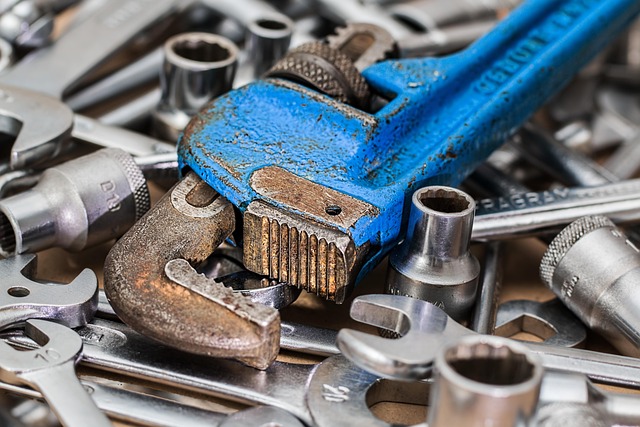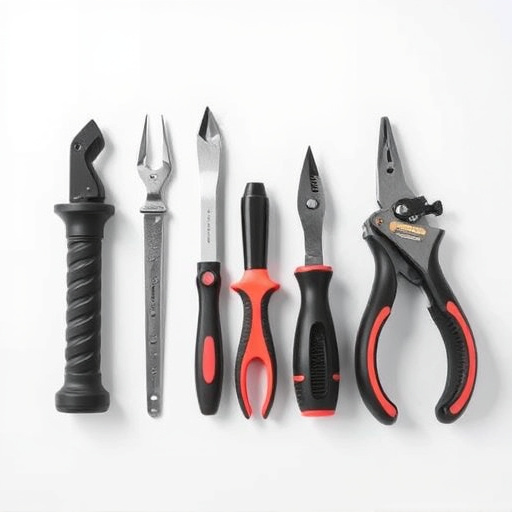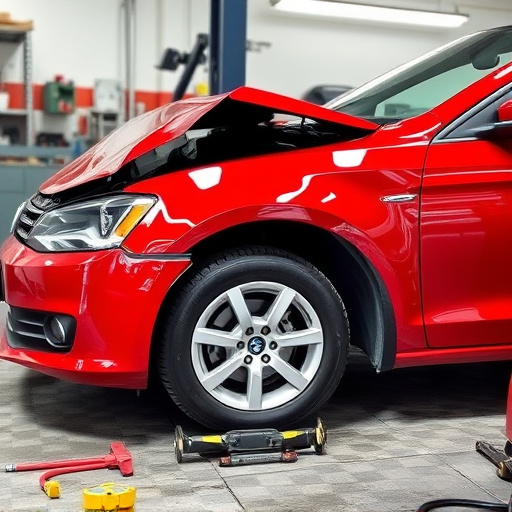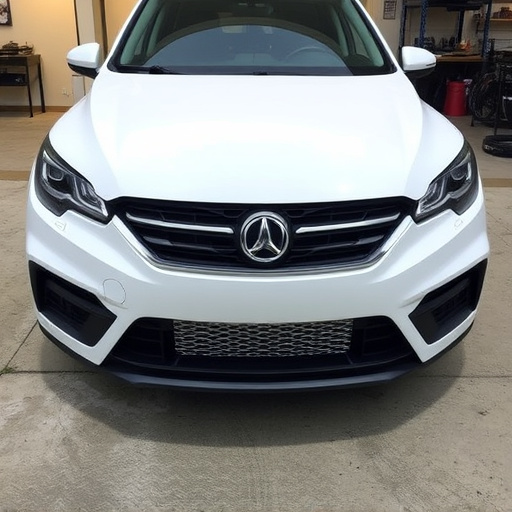Auto body repair pricing is driven by damage extent, with comprehensive repairs (full panel replacement) costing more than partial repairs (specific area fixes like dents). Labor rates vary by shop, parts types (genuine vs. aftermarket) and services offered impact pricing. Customers should inquire about these factors before choosing a service. Collision centers should provide clear, transparent estimates, avoid hidden charges, and offer competitive pricing strategies, flexible payments, and bundled packages to enhance customer satisfaction and loyalty.
“Unraveling the complexities of auto body repair pricing is crucial for both businesses and consumers. This article guides you through the intricacies, focusing on comprehensive versus partial repairs. We explore key factors influencing costs, enabling informed decisions. By delving into the cost analysis of these two repair approaches, you’ll gain valuable insights into budgeting and value. Additionally, we offer strategies to achieve transparent and competitive pricing in the auto body repair landscape.”
- Understanding Auto Body Repair Pricing Factors
- Comprehensive vs Partial Repairs: A Cost Analysis
- Strategies for Transparent and Competitive Pricing
Understanding Auto Body Repair Pricing Factors
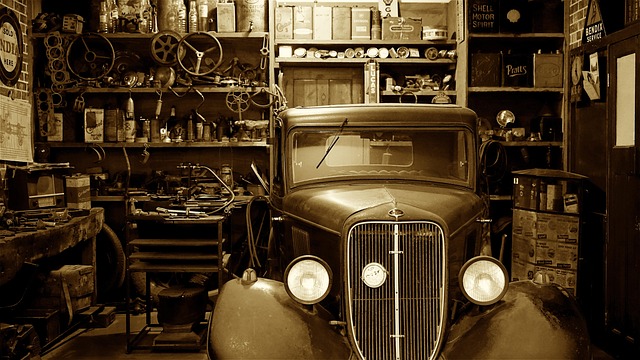
Understanding Auto Body Repair Pricing Factors
When it comes to auto body repair pricing, several factors come into play. The cost can vary greatly depending on whether the damage is comprehensive or partial. Comprehensive repairs typically involve more extensive work, such as replacing entire panels, re-welding, and sometimes even structural adjustments. This often results in higher auto body repair pricing due to the complexity and time required. On the other hand, partial repairs focus on fixing specific areas like dents, scratches, or small cracks, leading to lower auto glass repair and car collision repair costs.
Additional considerations include labor rates, which can differ based on the shop’s location, reputation, and experience. Specialized services like custom painting or advanced computer-aided alignment might add to the overall auto body repair pricing. Moreover, parts used in repairs also contribute to the cost; genuine or OEM (original equipment manufacturer) parts are usually more expensive than aftermarkets ones. Customers should inquire about these aspects to get a clear understanding of their auto body repair expenses before proceeding with any service.
Comprehensive vs Partial Repairs: A Cost Analysis
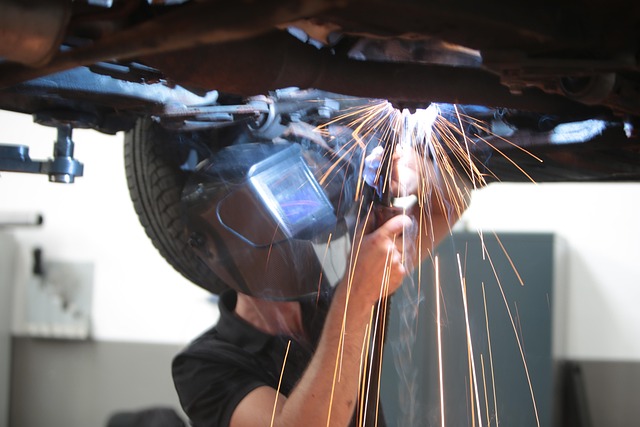
When comparing auto body repair pricing, understanding the distinction between comprehensive and partial repairs is key. Comprehensive repairs address all visible damage to a vehicle’s exterior, including dents, scratches, and cracks, effectively restoring it to its pre-incident condition. Conversely, partial repairs focus on fixing specific issues like dent removal or minor scratch removal, leaving other cosmetic defects unnoticed.
The cost analysis reveals a clear gap in pricing between these two approaches. Comprehensive repairs tend to carry higher auto body repair pricing due to the extensive work involved—assessing, disassembling, repairing, and reassembling various components. In contrast, partial repairs, such as car dent repair or minor paintwork, generally have lower costs, making them a more budget-friendly option for less severe damage. Choosing between comprehensive and partial repairs ultimately depends on the extent of vehicle damage and the desired outcome in terms of both aesthetics and cost.
Strategies for Transparent and Competitive Pricing

Setting transparent and competitive auto body repair pricing is essential for building trust with customers and staying ahead in a crowded market. Collision repair centers should provide detailed estimates that break down costs for both comprehensive and partial repairs, ensuring every component is accounted for. This includes labor rates, parts costs, and any additional fees for specialized services like paintless dent repair or auto body painting. Customers appreciate honesty and visibility into pricing, so avoid hidden charges or confusing jargon.
Competitive pricing strategies should consider market rates while allowing for a healthy profit margin. Offering flexible payment options and promoting packages for bundled services can also enhance appeal. For example, a collision repair center might offer a discounted rate for customers who opt for both auto body repair and paintless dent repair as part of their comprehensive insurance claim. This not only encourages repeat business but also fosters positive relationships with clients seeking reliable auto maintenance solutions.
When it comes to auto body repair pricing, understanding the distinction between comprehensive and partial repairs is key. Comprehensive repairs, addressing all damage across multiple panels, often carry higher costs due to extensive labor and material requirements. In contrast, partial repairs focusing on specific areas are more cost-effective. To stay competitive in the market, auto body shops should employ transparent pricing strategies, considering factors like labor rates, part types, and repair complexity. By offering clear estimates and staying attuned to industry trends, businesses can attract customers while maintaining profitability.
